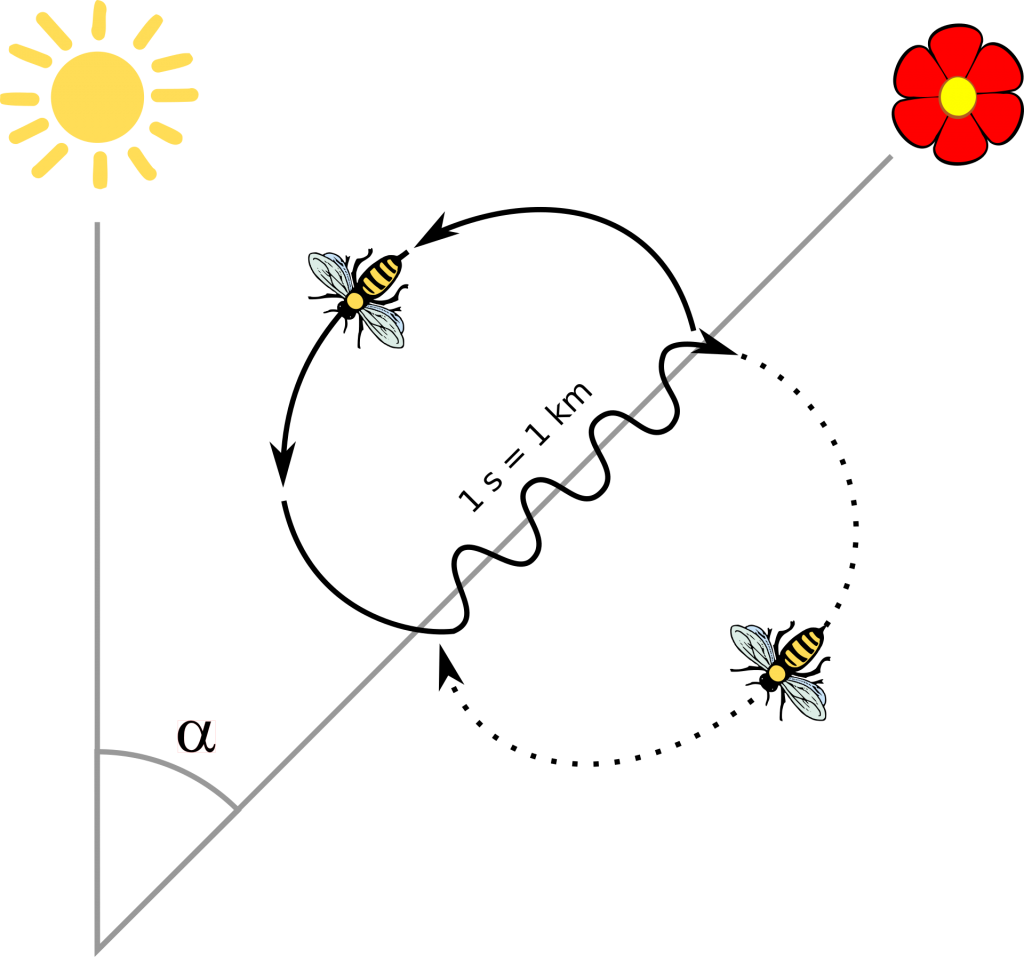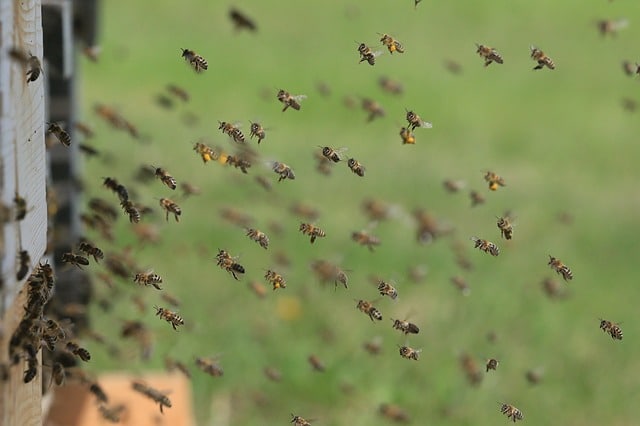“If I have seen further, it is by standing on the shoulders of giants.” – Isaac Newton
“Find a group of people who challenge and inspire you, spend a lot of time with them, and it will change your life.” – Amy Poehler
We covered in our previous article on Shared Intelligence some aspects of how to harness the group’s wisdom. In this article, we will look at the form of intelligence called Extelligence.
Taming the omnipresent knowledge
As a technologist and a geek, I like the time I live in. Consider the following facts:
- I can learn any new technology within weeks or even days without the need of attending a physical classroom.
- The entire sum of knowledge is available for me at my fingertips.
- I can contribute to the vision of the world of tomorrow much effectively, than what I could have done 10 years back.
In a nutshell, I, as a human, am omniscient and omnipotent, if you consider “knowledge is power”.
You’d ask me, why I am bringing this up? Who even cares to introspect into this newly found power? This type of access to knowledge has become the norm. Why even bother understanding how is this created or how we get access to it?
There is only one reason – This knowledge is external to us. We haven’t created it as individuals. We don’t have this entire sum total of knowledge stored in our brains. However, we have access to it whenever we want.
Enter the powerful world of Extelligence
Extelligence is a term coined by Ian Stewart and Jack Cohen in their 1997 book Figments of Reality. They define it as the cultural capital that is available to us in the form of external media. They contrast extelligence with intelligence, or the knowledge and cognitive processes within the brain.
Although Cohen’s and Stewart’s respective disciplines are biology and mathematics, their description of the complicity of intelligence and extelligence is in the tradition of Jean Piaget, Belinda Dewar, and David A. Kolb. Philosophers, notably Popper, have also considered the relation between subjective knowledge (which he calls world 2), objective knowledge (world 1) and the knowledge represented by man-made artifacts (world 3).
Reference: https://en.wikipedia.org/wiki/Extelligence
Other terms which are closely related to Extelligence are – External Intelligence, Hive Mind, Group Intelligence, Collective Knowledge, and so on.
The Waggle Dance
Bees are very intelligent creatures. They work tirelessly towards finding the source of nectar and then converting it to honey. They at the same time take care of 100s of housekeeping activities in the beehive.
One question always puzzled a lot of scientists – When few bees find a source of nectar, how do they communicate this back to the rest of the swarm?
The answer lies in the Waggle Dance – the name refers to the dance-like movement of honey bees after their return to the beehive. This is the direction the bee moves in relation to the hive; if it moves vertically the direction to the source is directly towards the Sun. The duration of the waggle part of the dance signifies the distance.

Bees are also known to be using the sun’s position as a navigation tool to guide them to their hive. We can say they have Trigonometry embedded in their DNA.
These are few of the ways nature has blessed the bees with extraordinary ability to use the collective knowledge of the swarm. In this mode of working as a team, Communication and External Knowledge play a major role, and can many times help them survive.
At the pinnacle of Extelligence, bees demonstrate, the entire hive work as a single organism. Moreover, it seems to have a mind of its own, and hence the term “Hive Mind”.

Role of Connectivity and Communication
The 5C™ methodology of NumberNagar® is based on the belief that a learning cycle is complete when a learner is immersed in the 5Cs of learning – Curiosity, Clarity, Connectivity, Communication, and Competence. Clarity across multiple concepts leads to Connectivity among concepts, topics, and subjects. NumberNagar® achieves connectivity by using an interdisciplinary approach and connecting the child’s learning to applications in real life. When these are successfully accomplished, Communication of one’s understanding effectively forms an essential part of the learning cycle.
Connectivity and Communication, both through analogue and digital means are essential to developing the Extelligence factor. When students become Curious when they are very young, they can use the External Knowledge very efficiently.

When our young students start tapping into this External Intelligence, they are ready to face the type of things to come in their way in the future.
Blended Learning, where Tech is used as a reinforcement learning tool, can help students acquire necessary life skills like Curiosity and Clarity, using external intelligence.
Conclusion & tl;dr
Extelligence or External Intelligence is a powerful form of intelligence. This “sum of human intelligence” or “collective knowledge” is the currency for success for today’s students, in tomorrow’s world.
Nishant Krishna
Latest posts by Nishant Krishna (see all)
- The Psychology behind forming Lifelong Habits - 13 March 2020
- NumberNagar® Dialogue Series – On Making Mathematics the Way of Your Life - 7 February 2020
- NumberNagar® Dialogue Series – On Getting Command in Mathematics - 24 January 2020
- NumberNagar® Dialogue Series – On Bringing Fluency in Spoken English in Children - 17 January 2020
- NumberNagar Dialogue Series – On Creativity in Children - 10 January 2020


Another engaging article with an interesting take away.! The conversational tone from the beginning sets the mood and readers find themselves moving along ; picking the bits of information you have to offer
Looking forward to more such writeups.
Thank you, Shweta for your encouraging words! We, at NumberNagar, are committed to writing useful articles everyone can understand. 🙂
Very well written Nishant! I had read about the waggle dance long ago, but the math behind it is the real beauty, any idea who figured this out?
Thank you, Aruna!
Bees are fascinating creatures. Aren’t they?
As per https://en.wikipedia.org/wiki/Waggle_dance, it was first figured out by Karl von Frisch. However, a lot of people seem to know about it for quite some time. Please look at the following excerpt from the Wikipedia article on Waggle Dance.
Though first decoded by Karl von Frisch, dancing behavior in bees had been observed and described multiple times prior. Around 100 years before Frisch’s discovery, Nicholas Unhoch described dancing behavior of bees as being an indulgence “in certain pleasures and jollity”. He admitted ignorance as to the purpose of the dancing. 35 years prior to Unhoch’s observations, Ernst Spitzner observed bees dancing and interpreted it as transmitting forage resource odors to other nestmates. Aristotle, in addition to describing flower constancy behavior, suspected that some form of communication occurred between foragers within a nest.
There is another beautiful article on the Waggle Dance and the mathematics behind it at https://askabiologist.asu.edu/bee-dance-game/introduction.html.